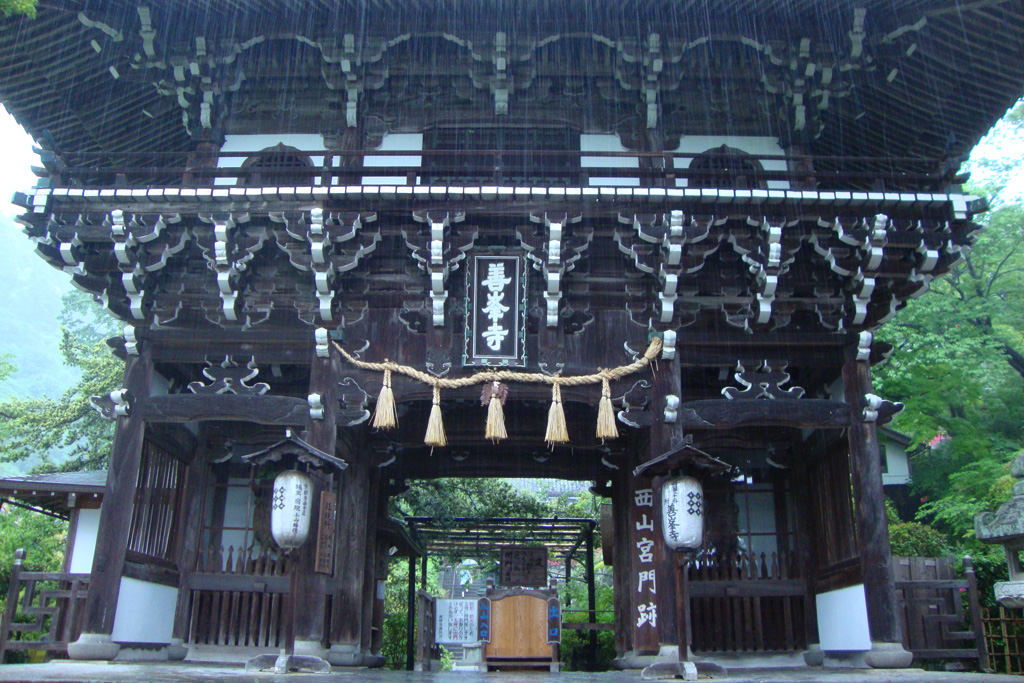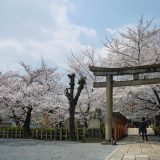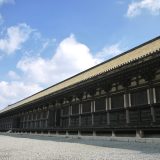

Table of Contents
What is Zempuji Temple?
Zempuji Temple was founded by Gengen Shonin, a priest who trained on Mt. Emperor Go-Shujaku designated the temple as a place of imperial prayer and gave it the temple name ” Ryomine-ji”. In the Kamakura period (1185-1333), the temple was headed by priests such as Jizhen Wajo and Shokunin Shonin. In the Edo period (1603-1867), Keishoin, the mother of the 5th Tokugawa Shogun Tsunayoshi, made a donation to the temple, and many of the existing buildings and pagodas were constructed.
Basic Information
| Name | Zenpuji Temple (Yoshiminedera) |
| Benefits | Kannon (Goddess of Mercy), Yakushi Nyorai (Medicine Buddha), Shaka Nyorai (Buddha) |
| Hours of operation | Saturdays, Sundays, national holidays 8:00, weekdays 8:30-17:00 (registration closes at 16:45) |
| Admission fee | Adults 500 yen, High school students 300 yen, Elementary and junior high school students 200 yen |
| Parking lot | Regular cars: 500 yen (150 spaces) |
| Location | 1372, Oharano Koshio-cho, Nishikyo-ku, Kyoto, 610-1133, Japan |
| TEL: 075-331-0020 | 075-331-0020 |
| Official website | http://www.yoshiminedera.com/ |
Features and Highlights
- A national natural monument, “Yuryu-no-matsu ” is located in the precincts of the temple.
- Sacred site of the 33 sacred places of worship of the Kannon (Goddess of Mercy) in the western part of the country
- The most beautiful view in Kyoto andseasonal flowers
- The temple is associated with the Tokugawa family, and is beneficial for success in life and good fortune.
Yuryu-no-matsu ( five-leaf pine tree): This five-leaf pine tree is more than 600 years old and is a natural treasure with a total length of about 38 meters. It is so named because its branches spread wide horizontally and look like a dragon crawling on the ground.
Main Hall: The main hall, which enshrines the main deity, the eleven-faced thousand-armed Avalokitesvara Bodhisattva, was rebuilt in the Edo period (1603-1868). The interior of the hall is decorated with gorgeous and gorgeous paintings and sculptures donated by Keishoin.
Cherry Blossoms and Autumn Leaves: Zempuji Temple is also known for its cherry blossoms and autumn leaves. About 400 cherry trees are planted on the temple grounds, and in spring the grounds are tinged with a pale pink color. In the fall, the precincts are decorated with autumn leaves, making it one of the best spots in Kyoto to view the autumn colors.
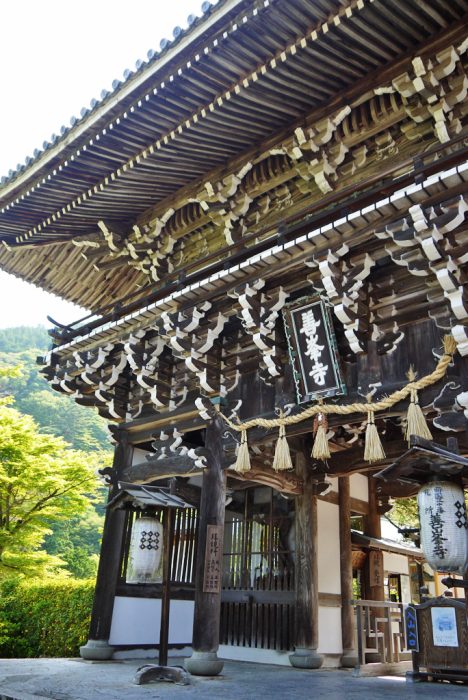
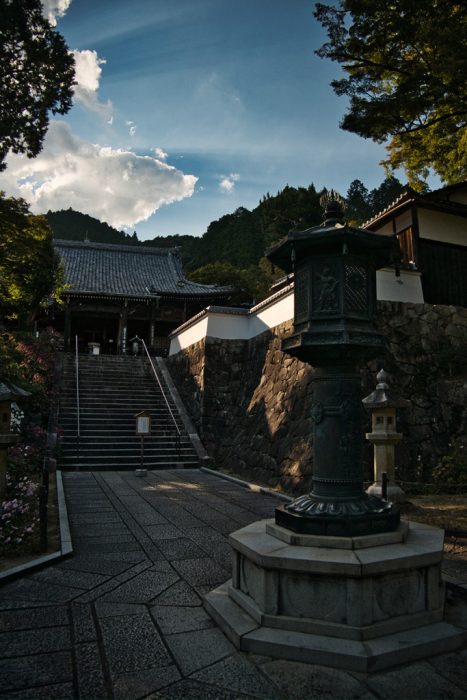
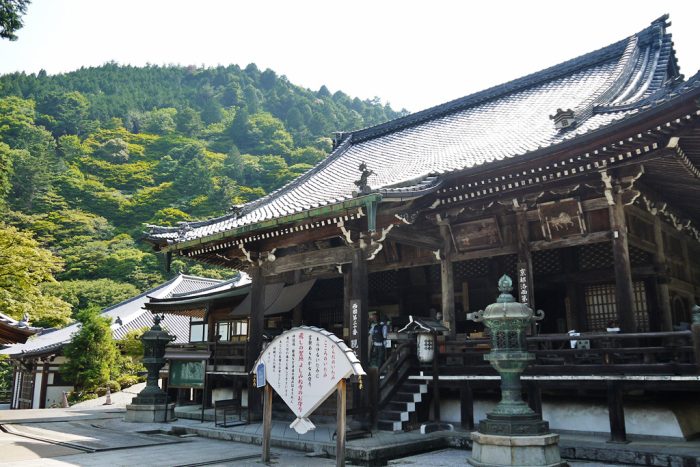
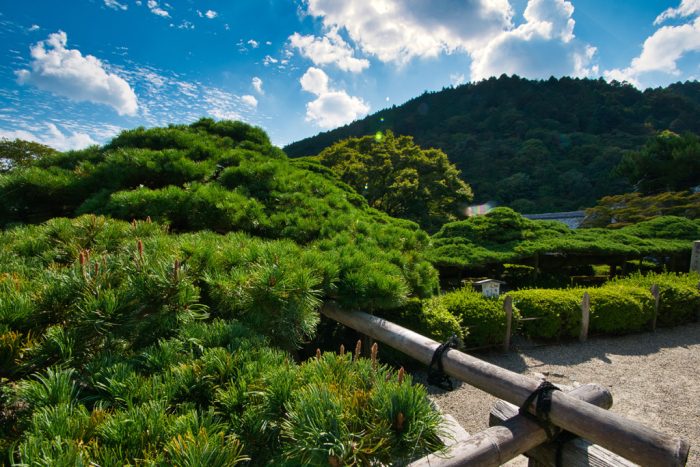
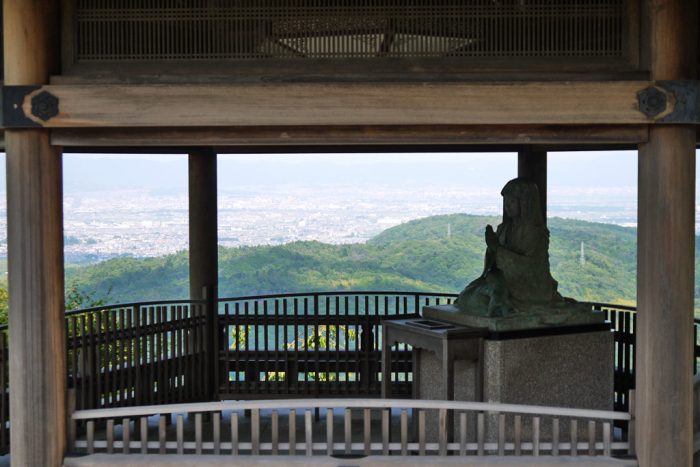
Event Information
Joya-no-Kane: Strike the bell to drive away evil spirits, purify the impurities of the old year, and welcome the new year.
New Year’s sunrise: The gates open early in the morning on New Year’s Day to allow visitors to view the first sunrise of the year.
Correctional Service: Daihannya Sutra recitation to correct the previous year’s wrongdoings and to wish for good fortune in the new year, including family safety, disaster prevention, and good fortune.
How to get there
- Hankyu Bus 【66】: Get off at ” Zempuji ” and walk 5 minutes.
- Cab: Approx. 20 minutes (approx. 2,000 yen) from JR Mukocho Station, Hankyu Higashi Mukoji Station, or Hankyu Nagaoka Tenjin Station
- By car: Approx. 20 minutes from the Kutsumigake IC of the Kyoto Jukan Expressway
By car: A toll parking lot for worshippers is available within a 1-minute walk to the temple gate.
Conclusion
Zempuji Temple is a fascinating blend of history, nature, and faith. Visitors can enjoy the atmospheric halls and pagodas, stunning natural scenery, and spectacular seasonal flowers. Please visit the temple not only on your pilgrimage to the 33 sacred places in the western part of Japan, but also when sightseeing in Kyoto.

